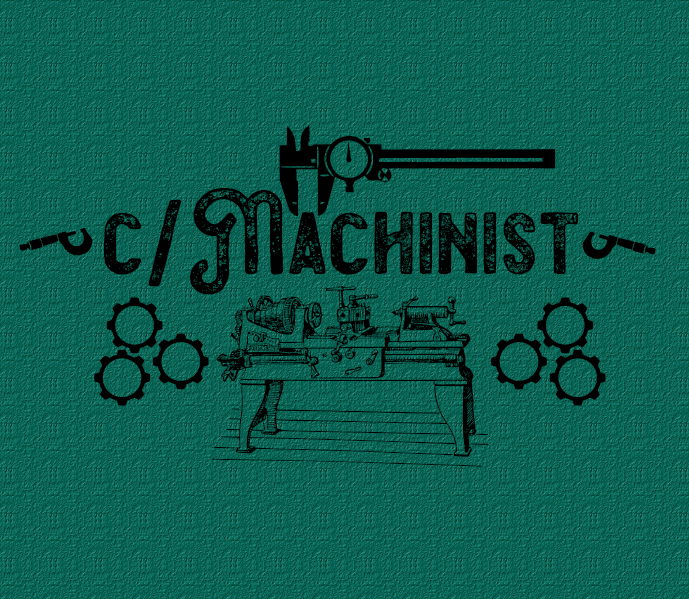Hey folks, pardon the rookie question. We need to build a few hundred of these per year, so I thought I’d tool up, and wanted to figure out how to do this “cheaply”.
Parameters. Stainless steel rods, with one end sharpened to a point, and the other end deburred. Typically 30cm long with no real tolerance issues, and no real parameters on the point other than “if you hit it with a hammer, you should be able to drive them into the earth.” Typically made of 3/8" or 1/2" stainless.
My main problem is: stainless is fucking hard and destroys my bench grinder when grinding tips onto it. Is there a better grinder I could be using? Or perhaps I should be cutting these on a small lathe?
Also, when I buy stainless stock, I usually have the metal wholesaler cut them to length for us, but they charge quite a bit. The stainless destroys my bandsaw blades, so perhaps there is a better option? Is there a mitre saw blade that is rated for stainless? Or should I also be using a parting tool on a lathe here?
Thoughts are appreciated. Such a simple thing, but stainless so…


Our last metal order was 304 stainless, if that makes a difference.
Purpose is to make electrodes for use in scientific imaging. They are pounded into the ground with a 2lb sledge, and wired up to a scientific apparatus. Electricity is injected using the electrodes and then we measure where the current flows in the subsurface to make a map of the electrical conductivity/resistivity of the subsurface materials. We then remove the electrodes and reinstall them at a new location. They take a beating.
It’s stainless due to being in a corrosive environment, often wet, sometimes salty. We also have to be a little careful with the metal choices so that there is not a strong galvanic self-potential created. 304 stainless (or similar) seems to strike a nice balance between corrosion resistance, reusability (standing up to being pounded into most materials), and lack of strong galvanic response.
Ahh, okay. 304 is austentitic and doesn’t heat treat really but it does work harden like a mf. With those requirements it is a fine choice. So I’m guessing that work hardening has been your processing problems.
That makes sense. I just looked up cold cut saws and stainless blades on Amazon. Looks like I can experiment for about $500, which is great! Something like this blade: https://www.amazon.ca/Evolution-Power-Tools-14BLADEST-66-Tooth/dp/B004Q0994I/ref=pd_aw_fbt_img_m_sccl_1/134-0371646-0898112 in the matching cold cut saw.
Thinking aloud to myself: I wonder if I can put a pyramidal or tetragonal point on them, instead of a conical point, just using the 45° miter option. That would save me from having to use the grinder, and avoid the work hardening…
Thanks for your feedback. Simple things sometimes are not simple when you aren’t already skilled in the trade :)
you might even try a single bevel ‘point.’ Just cut the end at an angle on one side - the point won’t be centered, but it doesn’t seem like you’d care if there’s a little bit of drift as you pound these spikes in. Might want to go steeper than 45, but you go through and do a bunch of 30 degree cuts every 60 cm, then come back with 90s to length, and you might save a lot of work.
eta: you might also look at rebar cutters for just cutting to length. Basically hydraulic shears, maybe a little more expensive than the cold saw, but quieter.
This is definitely worth testing. I worry that, in hard ground, it might bend the electrodes into a J shape if pounded in with a non-centred point. One they’re bent too badly, we put them in the scrap bin as they become hard to pound and pull. But perhaps that worry is unfounded in practice and I can do some A/B testing on the points.
Shear cutting can work, but you run into the work hardening problem again where the round stock will squish on the sheared end and be very hard to machine a point onto.
You’re very welcome, glad to help! I’ve not had to work with stainless too much in my job, but I did take some decent material science courses on my way to becoming a mechanical engineer- and quickly applied them to actual machining.
The pyramidal point may work, but rotary saw blades may want to deflect and start rubbing when going diagonal across a round cross section, especially one so small. It ends up being a pretty small bit to cut. It’s worth trying though, as it’d really reduce the amount of labor and tooling you’d have to put into this.
Get this harbor freight bandsaw.
Put these Starrett blades on it.
Use two belt sanders with a 36 grit belt on one and a 120 or so on the other to add your points and deburr the back. The 36 is for roughing to size, the 120 for finishing and deburr. You might use something like this combo belt and disc sander with a 36 belt and a 120 disc.